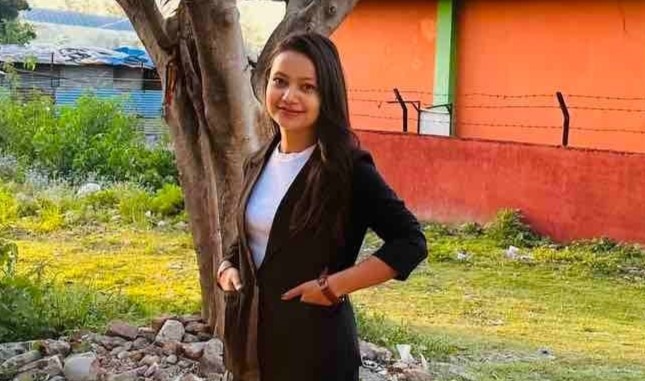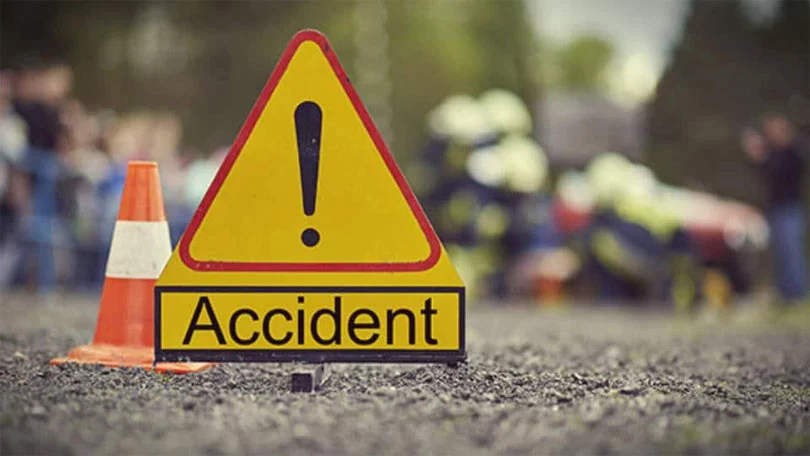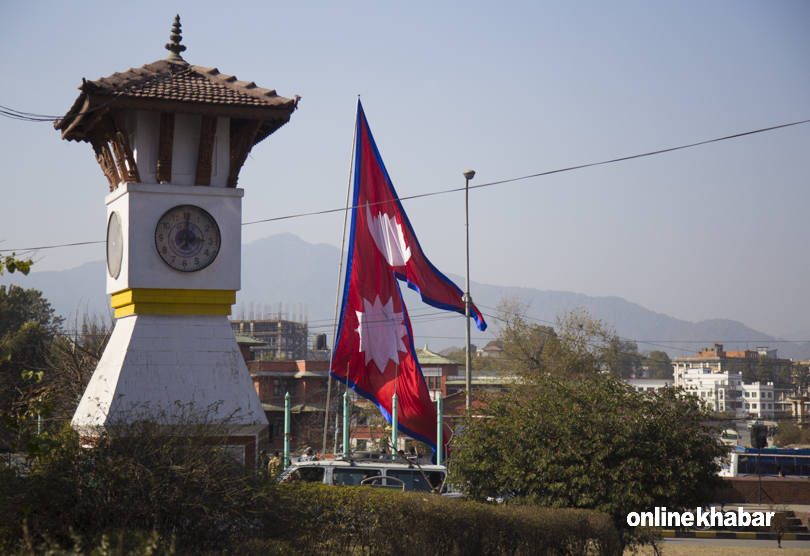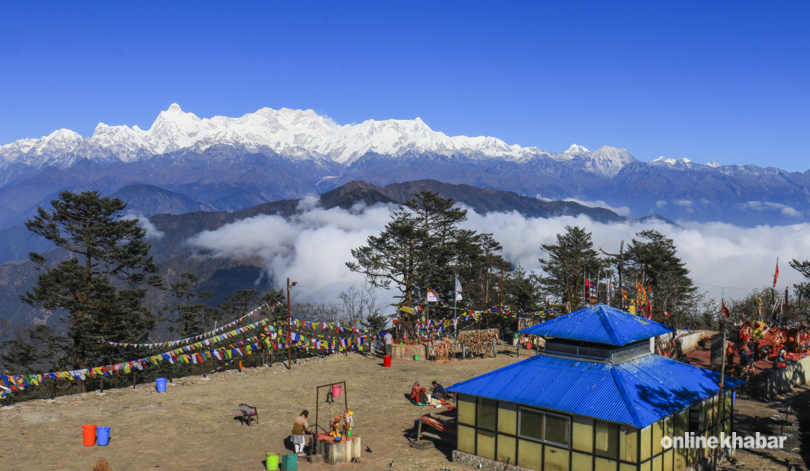
Walking up towards the Pathibhara Temple will be better described as an experience of personal transformation rather than a simple visit. The stone-paved trails through breathtaking rhododendron forests, the local hospitality, and the physical and spiritual challenges of the pilgrimage provide meaning to every step to be taken.
The journey to Pathibhara has historically been a test of willpower and devotion, an opportunity to connect with nature and embrace the local culture. But now the proposed Pathibhara Cable Car Project might convert this warm experience into mere 5-minute rides. Do we genuinely need it, or can we do without it?
Threat to bio-diversity

The developers of the cable car project aim to draw in tourists and facilitate easier accessibility to Pathibhara, establishing a world-class tourist destination in the Taplejung district. It believes in offering employment opportunities, feasibility to the aged and handicapped pilgrims, and general infrastructure to handle the rising influx of tourists.
The picture may not look bad actually, but is this an acceptable justification? What happens to the livelihoods of the local porters, small shop owners, and houses that depend on the trekking pilgrims? Will these jobs and small businesses survive while visitors skip the journey altogether?
Beyond the economic concerns, what about the cultural and spiritual essence of Pathibhara? For generations, this has been a place where the journey itself is the ultimate test is not the destination, but the journey.
The trek offers pilgrims a break from their daily lives, allowing them to immerse themselves in the beauty of the biodiversity-rich forests and the warmth of the local community. A swift cable car ride risks turning this rich, meaningful journey into nothing more than a routine tourist stop.
In terms of road to development, this region holds immense potential for development, particularly in black cardamom and citrus farming, which could significantly boost local economies by creating jobs and increasing exports. Essential infrastructure such as healthcare, roads, and education remains inadequate, limiting growth, accessibility, and overall quality of life.
Additionally, investing in education and healthcare facilities will empower communities with knowledge, skills, and better living standards for a sustainable future. Strengthening local markets and establishing processing industries will add value to agricultural products and increase profitability. With strategic planning and investments, this region can transform into a thriving hub of agriculture, education, and infrastructure, ensuring long-term progress and resilience.
Moreover, the cable car project raises serious environmental concerns. Installation of the cable car could disturb the fragile ecosystem, thus endangering the wealth of biodiversity, habitat and natural significance of the region.
According to the Ministry of Forests and Environment, in Nepal, around 1,50,000 trees and 577.19 hectares of forests were cleared for 64 development projects in the 2018-19 fiscal year, most deforestation’s reason was developing the hydropower projects. Pathibhara region being rich in hydropower developments, the locals often complain that large-scale development projects have only benefited the bigger companies and lesser to them.
Thus it becomes imperative for the locals to raise their voice in the projects undertaken. If respective stakeholders and locals actively participate in public engagement, inclusive development will benefit the community by achieving a balance between socio-economic development and communal well-being. Addressing these issues can lead to a more inclusive and responsible form of development.
Pathibhara: More than a destination
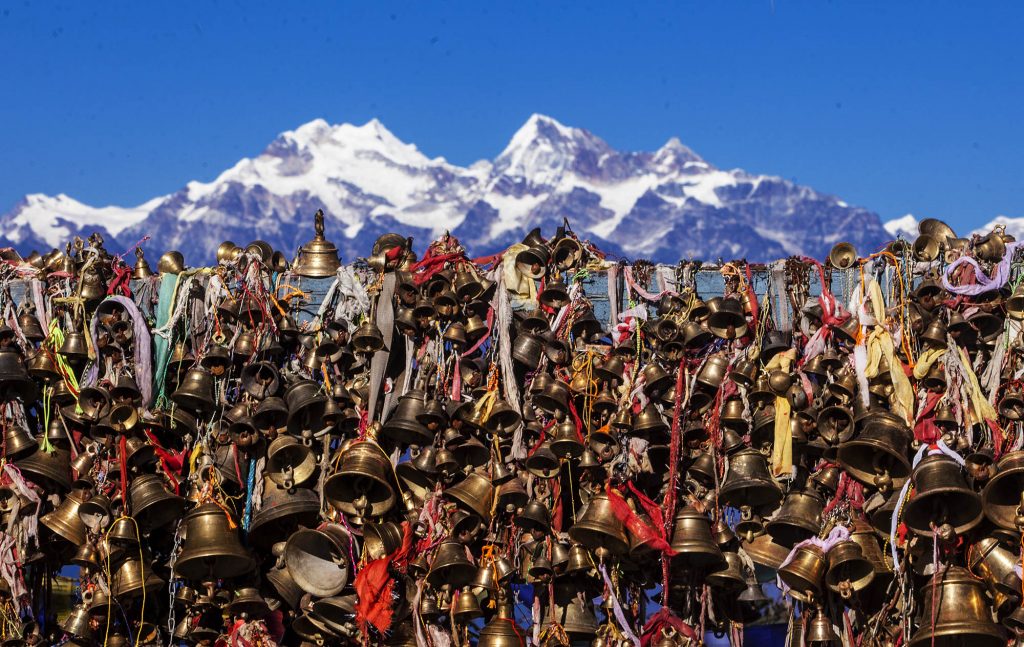
For instance, examples of the Manakamana and Chandragiri cable cars have served immensely in boosting tourism and local enterprises. Expanding sustainable cable car projects, with careful consideration of environmental, social, and cultural concerns, could serve as a viable alternative to trekking, making remote and scenic locations more accessible to a wider range of tourists, including the elderly and differently-abled individuals.
Pathibhara is beyond just a destination; it is a symbol of hope, willpower, and resilience for the countless pilgrims going through the trek. If a cable car devalues the very essence that makes this place special, is that modernization worth the cultural, economic, and environmental costs?
Can we build cable cars while ensuring a balance between tourism, environmental sustainability, and cultural significance? For this sacred place, both trekking uphill and travelling by cable car should be offered as equal options, ensuring accessibility for all visitors while preserving the essence of the journey.
The future must ensure that it remains a beacon of inspiration for generations to come; a journey that continues to touch lives, not just a destination one checks off the list.


